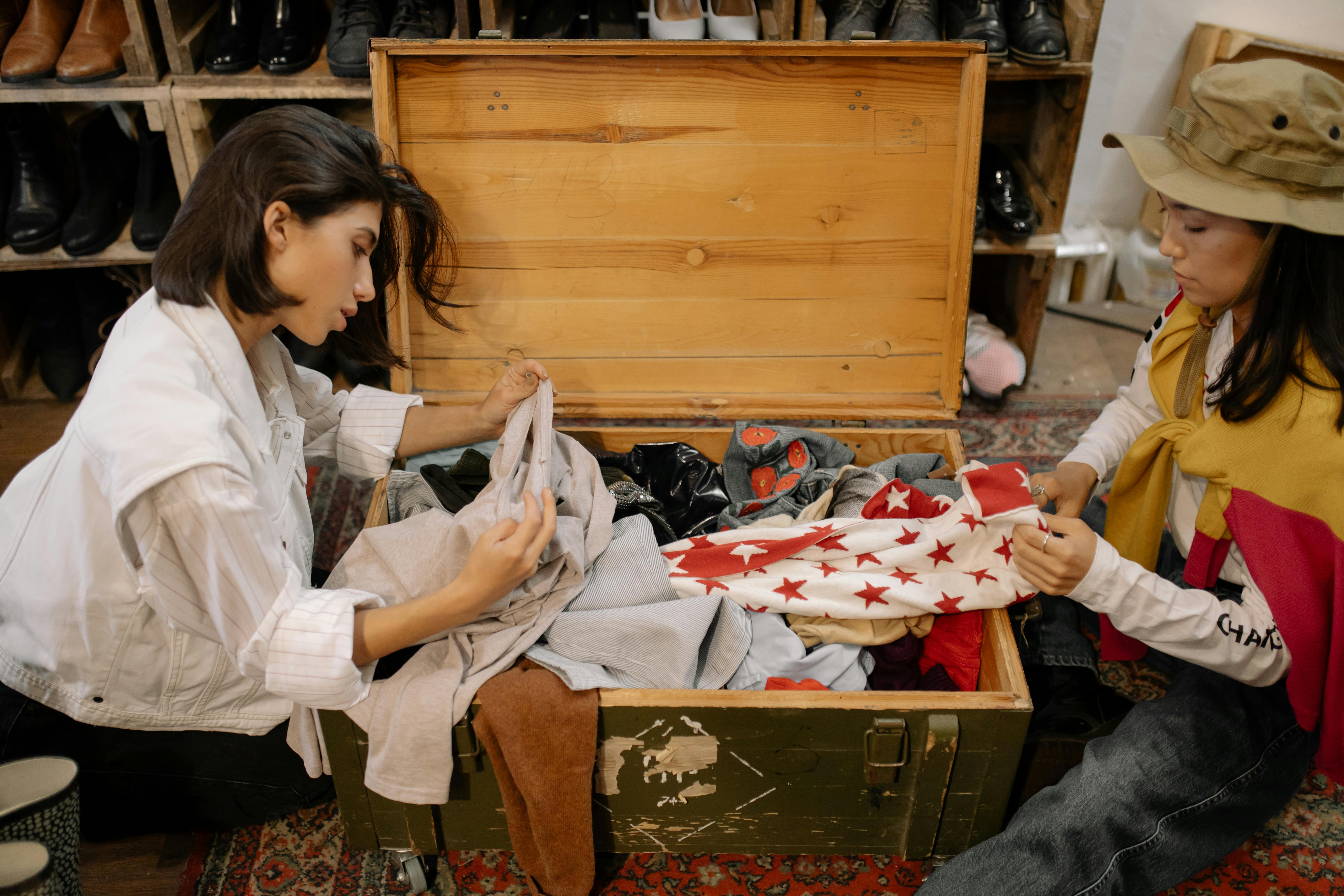Choosing Men's Formal Wear: Suit and Tuxedo Guide for Parties
A well-chosen suit or tuxedo helps men present confidently at parties and formal occasions while reflecting personal style and event formality. This guide covers practical considerations — fit, fabric, tailoring, and accessories — to help you select appropriate formal wear for a range of party dress codes. Information is focused on clarity and usability so you can make informed decisions for different seasons and settings.

Men: Key considerations for formal wear
When picking formal wear, start with body proportions and lifestyle. Prioritize fit over brand: shoulders and chest should align with your frame, and trousers should have a clean break. Consider how often you’ll wear the garment — a frequently worn suit benefits from hard-wearing fabrics and classic cuts, while occasional formal pieces can afford more fashion-forward details. Also account for climate and comfort: lightweight wools and blends suit warmer months, while heavier wools or flannels are preferable in cold weather. Finally, plan for alterations; even off-the-rack garments typically require tweaks for a polished look.
Suit: Choosing fit, fabric, and style
A suit’s fit dictates how formal it appears. Single-breasted jackets with two buttons are versatile; a three-roll-two or double-breasted jacket shifts the silhouette and formality. Key fit points: jacket shoulder seams should end at your natural shoulder, sleeves should show roughly a quarter- to a half-inch of shirt cuff, and trouser rise and length should suit your proportions. Fabric choices matter: worsted wool is a standard for year-round wear, while cotton and linen are lighter, more casual options. Color and pattern influence occasion suitability — neutrals like navy, charcoal, or medium gray are most adaptable for parties that require a formal yet understated look.
Tuxedo: When to choose one for an event
A tuxedo signals a higher level of formality than a suit and is traditionally reserved for black-tie or similarly formal evening parties. Distinguishing features include satin lapels, a satin stripe on trouser seams, and typically a black or midnight-blue palette. Jackets may be peaked lapel, shawl, or notched in less formal interpretations, though shawl and peaked lapels are more classic for evening wear. Consider a tuxedo when the invitation specifies black tie, when evening formality is expected, or when you want a distinctively formal and uniform look. Accessories such as a bow tie, cummerbund or waistcoat, and formal shoes complete the outfit.
Formal wear: Matching accessories and shoes
Accessories refine formal wear and can shift tone. Shoes: plain cap-toe or wholecut Oxfords in black are standard for tuxedos; dark brown or oxblood can work with navy suits for less formal evening parties. Match belt color and leather finish to shoes when wearing one; for tuxedos, suspenders are acceptable instead of a belt. Pocket squares, tie style, and cufflinks add personality — a subtle silk pocket square complements a suit, while a white linen square is classic for a tuxedo. Consider watch choice (minimal dress watches for formal wear), appropriate socks, and whether lapel pins or boutonnières match the event’s aesthetic. Keep balance: small, high-quality details tend to look most sophisticated.
Party: Interpreting dress codes and tailoring tips
Party invitations often use shorthand dress codes (black tie, formal, cocktail, smart casual). Black tie typically calls for a tuxedo; formal or evening dress suggests a dark suit or tuxedo depending on event tone; cocktail allows a sharp suit with creative accessories; smart casual permits more relaxed trousers and blazers. When in doubt, aim slightly more formal than casual to respect the occasion. Tailoring is crucial: a local tailor or alteration service can adjust hems, take in waists, or shorten sleeves to ensure garments sit properly. Ask tailors about expected turnaround times and request a fitting with the shoes you’ll wear to the event to confirm lengths and breaks.
Conclusion
Choosing appropriate men’s formal wear for parties involves assessing fit, fabric, and the event’s dress code, then refining the look with considered accessories and tailoring. Suits offer flexibility for many formal settings, while tuxedos remain the standard for black-tie occasions. Prioritizing fit and minor customizations from a local tailor will usually deliver the most noticeable improvement in appearance and comfort, helping garments look intentional rather than off-the-rack.






